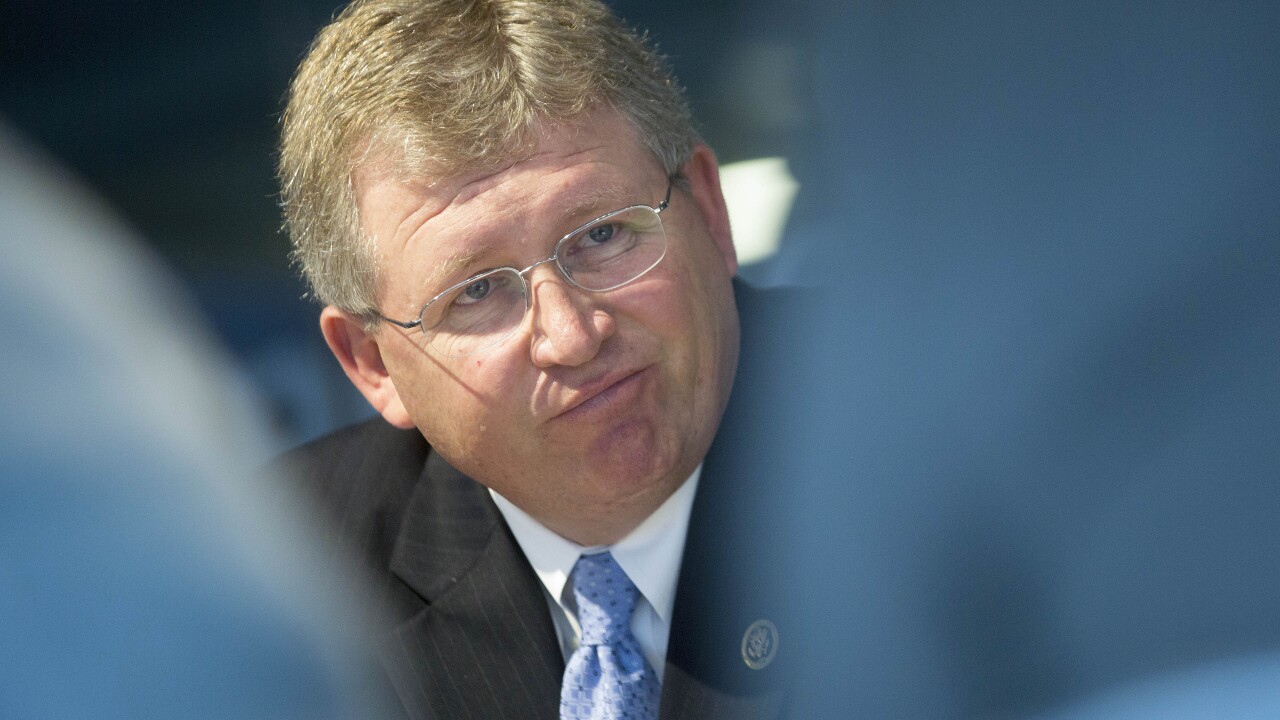-
Bloomberg estimates big banks receive an $83 billion taxpayer subsidy a year. But calculating bank funding levels at normal, as opposed to crisis times, and accounting for Dodd-Frank compliance costs yields a very different estimate.
October 24 -
The GAO should focus on the gross benefit of being "too big to fail", not the benefit net of fines, penalties and regulatory burdens.
September 24 -
Removing the arbitrary size designation for bank SIFIs would reduce costly regulation for regionals, encourage industrywide competition and concentrate regulators' efforts on firms that actually warrant attention.
August 6
With the Government Accountability Office scheduled to release its report on
McCloskey takes issue with a 2012 report from International Monetary Fund economists Kenichi Ueda and Beatrice Weder di Mauro that found "too big to fail" firms had a cost-of-funds advantage of 80 basis points. A
McCloskey thinks this estimate is a bit high. Why? Because at the time of the study they say the funding advantage skewed higher than its historical average. After all, in the years following the financial crisis they caused, these institutions were in the process of benefiting from trillions of dollars in financial assistance from American taxpayers. Poor Wall StreetI guess the IMF economists just caught them at the wrong time, precisely when they were failing.
McCloskey is more comfortable with funding-advantage estimates at the bottom of the spectrum, which come in at roughly 20 basis points. This, she says, more accurately reflects the long-term cost-of-funds advantage and amounts to a mere $20 billion annual taxpayer subsidy for "too big to fail" firms. To them, this must seem like a small price to pay for having institutions so large and risky, they pose an existential threat to our financial system.
Nevertheless, there have been numerous
Further, while the credit ratings agencies have downgraded the megabanks due to Wall Street reforms, that doesn't mean the government guarantee has disappeared. Standard & Poor's
Worse than nitpicking about the size of their multibillion-dollar cost-of-funds advantage, McCloskey attempts to deduct the regulatory costs of being "too big to fail." Citing an estimated $34 billion annual cost of complying with the Dodd-Frank Act, she claims that Wall Street actually operates at a disadvantage. This is absurd. As
After bringing us fraudulent and destabilizing mortgage-backed securities, Libor-rigging, the London Whale trading fiasco and more, Wall Street and its proponents should not be allowed to engage in a bit of numerical sleight of hand. We can only hope that, after all that our nation has been through in the past five years, the GAO will see through the smoke and mirrors.
Camden R. Fine is president and CEO of the Independent Community Bankers of America.





